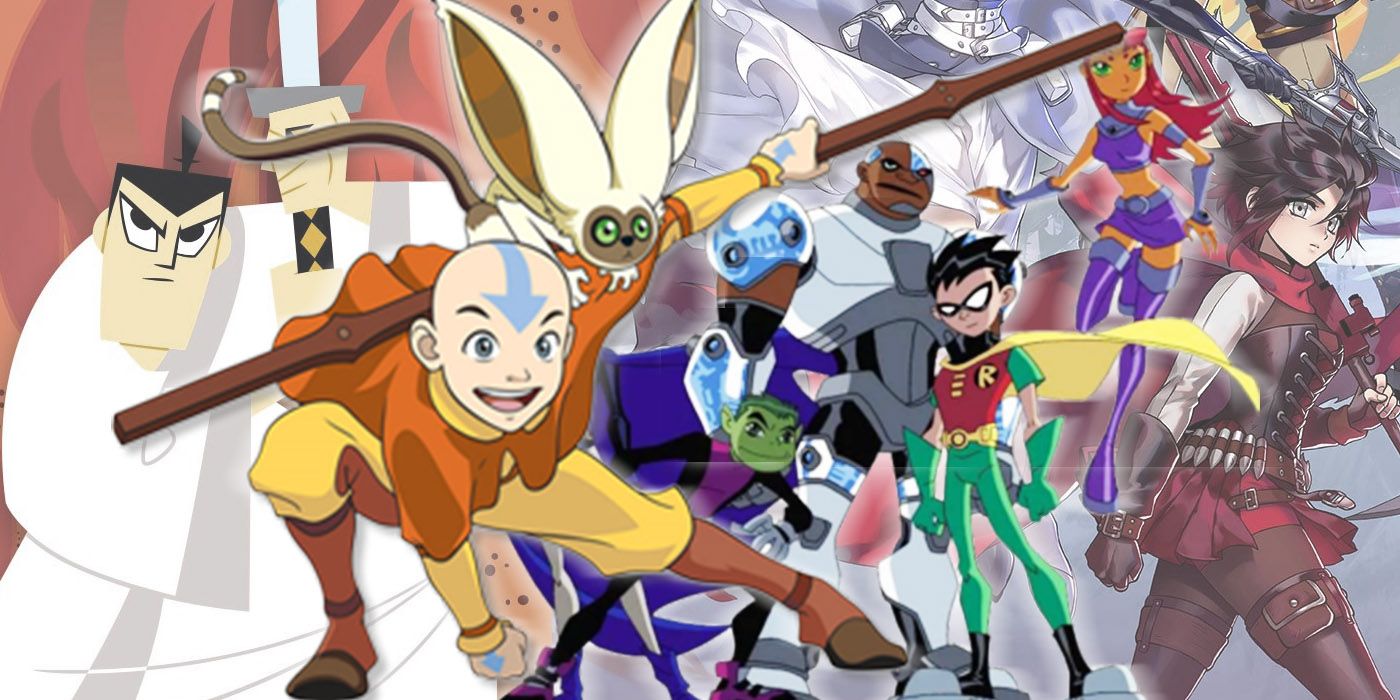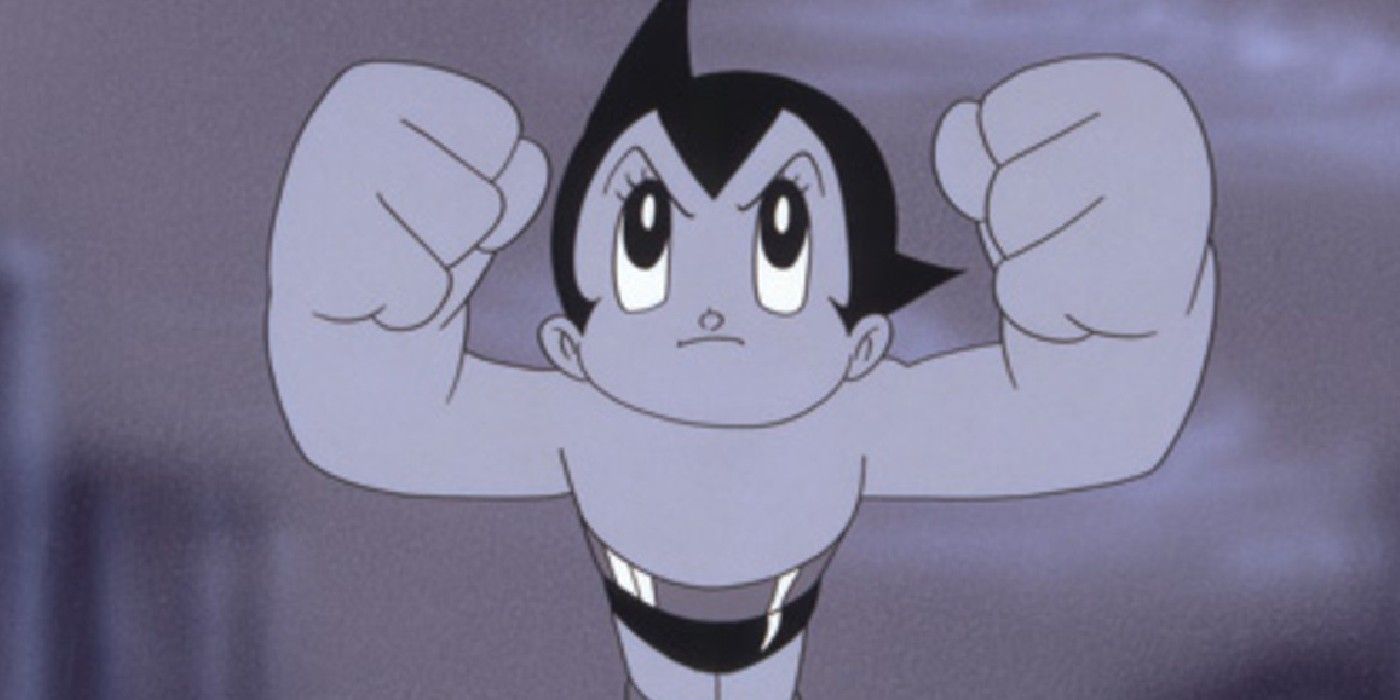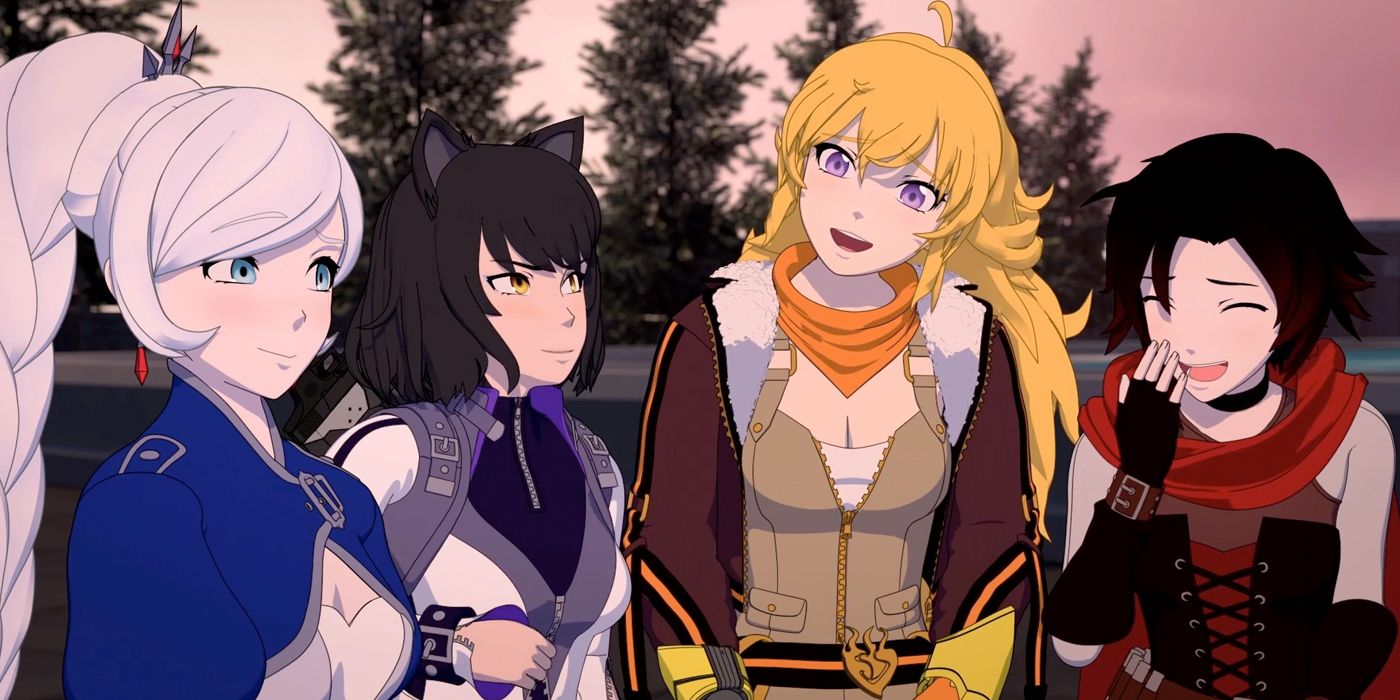Anime may be Japanese in origin, but now more than ever, it's a medium that's enjoyed by viewers across the world. This has seen more anime than ever reach multitudes of audiences through streaming services and other venues. These services, especially Netflix, are taking advantage of this by marketing some shows as "anime," bringing into question just what types of shows are worthy of the designation.
Anime is arguably exclusive to Japan, but shows produced outside Japan and by non-Japanese showrunners are increasingly billed as anime. That's not even getting into the many Western cartoons evidently inspired by Japan's animation, making the distinction even harder. Getting to the bottom of the definition requires circumventing semantics and etymology, not to mention using the qualifications of a popular anime review website.
The Word "Anime" Merely Means Animation
Despite being seen by many as a sort of inclusive genre, anime is simply the Japanese shortening of the English word "animation." In fact, animation/cartoons of all types and origins are referred to in Japan as anime. The medium began in the 1910s, really hitting its first stride in the "modern era" that began in the '60s. One of this period's hits was Astro Boy, which was one of many anime meant to evoke the style of Disney's animated offerings. This emulation of Western art is quite the irony given how distinctive anime would become from American cartoons down the line.
There are now manga demographic groups and "genres" within anime and the manga it's sometimes based on, with some of these genres being almost exclusively prevalent within the medium. Examples include mecha anime -- for example, "Super Robot" shows like the classic Mazinger and more grounded "Real Robot" anime like the Mobile Suit Gundam franchise. "Magical girl" stories are also an almost anime-exclusive permutation of the superhero genre, with Sailor Moon being the most popular example. Shonen anime, while not a genre per se, typically involves a number of tropes and archetypes that often make them feel very similar to each other. There's also the ubiquitous isekai genre of reincarnation anime, which have come to nearly dominate anime as a whole in recent seasons.
With these genres and usually very particular art styles, it's easy to see why, beyond the language barrier, anime has so distinctly set itself apart from Western and other non-Japanese forms of animation. Anime fans are quick to do the same thing, but for those who look and simply see cartoons, the difference might not be so readily apparent. With anime having influenced multiple generations of global animators by this point, it's completely understandable that anime takes a near-scientific approach to accurately define and identify.
Anime Specialists Define the Medium as Japanese-Exclusive... Mostly
Anime review website MyAnimeList is somewhat strict in its definition of what counts as anime, though said parameters might not surprise some fans. It classifies anime as an animated work made in Japan for Japanese audiences, falling in line with what most would associate the term with. Likewise, it uses terms such as "aeni" for Korean animation and "donghua" for animated works of Chinese origin, firmly separating them from Japanese anime. This is also why the site has not added the Western animated web series RWBY to its database, as it fails to meet these guidelines.
Of course, RWBY is only one of many Western shows that aim to imitate anime in style and storytelling. The Avatar: The Last Airbender franchise is obviously inspired by anime, being almost indistinguishable from the majority of shonen adventure anime such as One Piece. Stylized series' such as Teen Titans and Samurai Jack based their art styles on anime in a looser sense, being synonymous with anime in the same way that old classics like Astro Boy reimagined Disney's style. Add in the fact that Netflix and other streaming apps are labeling clearly non-Japanese shows as anime, and it's confusing for many to decipher the reality of what counts as anime.
Nevertheless, it's likely best to go by the (somewhat rudimentary) standards of MyAnimeList and numerous fans, classifying anime as Japanese animation -- and only Japanese animation. While anime-inspired animation exists in other countries, it isn't anime any more than soccer is seen as football in America. Anime has seen a tremendous amount of success and become one of the cultural aspects most associated with Japan. Thus, it's only fitting that the country continues to be given its due for birthing it.



